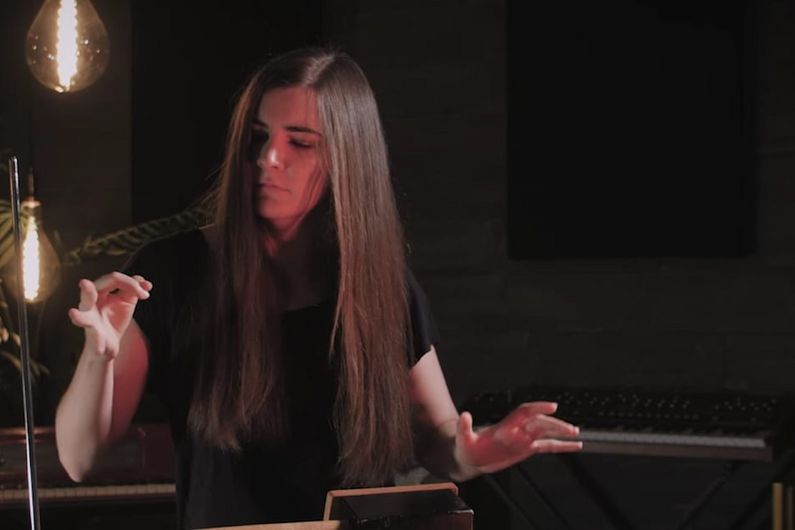The screech of a dissonant violin, a ghostly whisper, a cry in the night, a sinister laugh, a distant rumble, a howling wind. These unsettling sounds are the stuff of horror films and haunted houses. They can make our blood run cold.
Why is it that though they are only vibrations, some sounds can make our hearts beat faster and our hair stand on end? How do they evoke the terror of unseen danger lurking just behind us?
Psychoacoustics can help us see (or hear) the reasons more clearly. This discipline at the intersection of physics and psychology, which studies how sound waves are received by our auditory system and interpreted by our brains, is among the interests of Caroline Traube, a professor in the Faculty of Music at Université de Montréal.
A unique "colour" of sound
Traube, a musician and engineer by training, explained that psychoacoustics measures a sound's timbre or quality on a scale of bright to dark. A joyful sound is generally "bright," energetic, harmonious and richer in the high frequencies. However, if the timbre is more dissonant, high frequencies can also arouse fear or terror because of their resemblance to human screams.
Evoking emotions through sound
In psychology, emotions can be plotted along two axes: level of physiological arousal and valence (the positive or negative nature of the emotion). For instance, joy typically has a positive valence and high arousal, while sadness has a negative valence and lower arousal.
The modulation of sound in music is similar to the way the human voice modulates to express emotion. "Music can therefore convey emotion by mimicking the acoustic characteristics of affective human vocalizations," said Traube. "Studies have shown that scary movie soundtracks often have a shrill quality, which is a naturally alarming tone."
One example is the aggressive violin bow strokes over a dissonant high chord in the famous shower scene in Hitchcock's Psycho.
Deep, ominous sounds
Darker, rougher timbres in the lower frequencies can also provoke fear. "These sounds are more like a growl, something big and cavernous," said Traube.
These types of low frequencies can be intimidating, creating a sense of something fearsome lying in wait, since the pitch of a sound determines our impression of size.
"We perceive high-pitched sounds as small and dense, while low-pitched sounds are perceived as wide and voluminous," Traube explained. "It's no coincidence that the deep tones of cellos and double basses are used to evoke a large, threatening shark in the opening sequence of Jaws."
Strange and ghostly sounds
In a different register, sounds produced by a theremin-one of the earliest electronic instruments, played without physical contact-are often used to evoke the eeriness of haunted houses and the strangeness of aliens in sci-fi films(see video).
"The electronic timbre of the theremin is pure but voice-like," Traube noted. "Its distinctive feature is the particular modulation of pitch to create intonation contours that resemble a human lament."
This similarity signals to the brain a potential danger to self and also to others. In this case, the feeling of fear is produced by empathy, or "emotional contagion."
So whether they suggest a menacing growl or a cry of anguish, sounds can scare us because they trigger a primal response, a kind of defence mechanism against threats.








